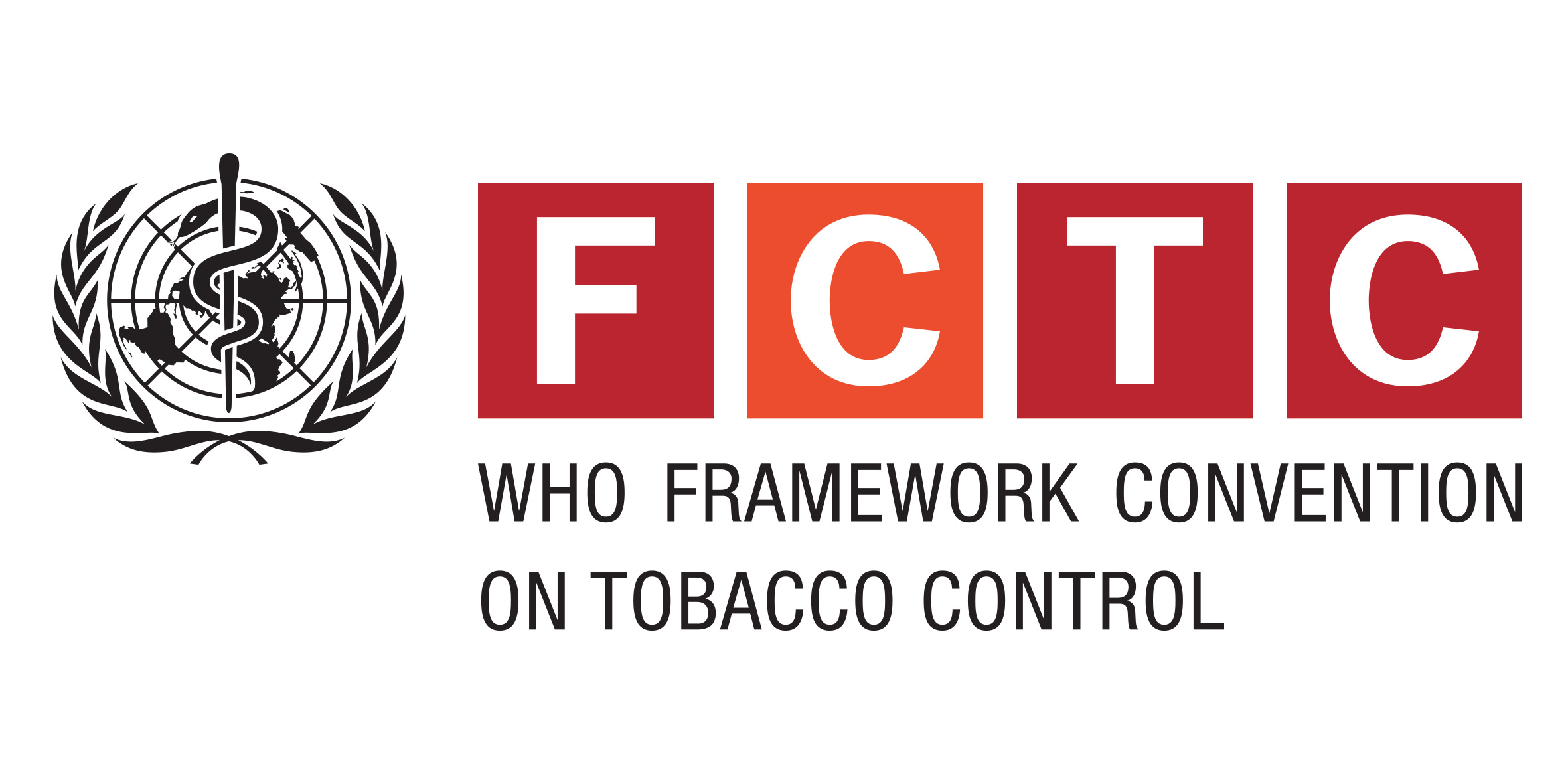Journal Article
Print(0)
Nicotine & tobacco research : official journal of the Society for Research on Nicotine and Tobacco
Nicotine Tob.Res.
May
15
5
932
941
LR: 20151110; GR: 5K05CA139871/CA/NCI NIH HHS/United States; GR: 5K23DA017801/DA/NIDA NIH HHS/United States; GR: 5P50DA019706/DA/NIDA NIH HHS/United States; GR: 9P50CA143188/CA/NCI NIH HHS/United States; GR: K05 CA139871/CA/NCI NIH HHS/United States; GR:
England
1469-994X; 1462-2203
PMID: 23080378
eng
Journal Article; Randomized Controlled Trial; Research Support, N.I.H., Extramural; Research Support, Non-U.S. Gov't; IM
10.1093/ntr/nts227 [doi]
Unknown(0)
23080378
INTRODUCTION: One in 5 young adults in the United States currently smoke, and young adults are less likely than other smokers to make aided quit attempts. Telephone quitlines may be a useful tool for treating this population. This study tested a quitline-based smoking cessation intervention versus mailed self-help materials in smokers 18-24 years old. METHODS: This was a 2-group randomized clinical trial. The quitline-based counseling intervention (CI) included up to 4 proactive telephone counseling sessions; participants in the self-help (SH) group received only mailed cessation materials. Participants included 410 young adults who had smoked at least 1 cigarette in the past 30 days and who called the Wisconsin Tobacco Quit Line (WTQL) for help with quitting. Primary study outcomes included whether or not a quit date was set, whether or not a serious quit attempt was undertaken, and self-reported 7-day point-prevalence abstinence at 1-, 3-, and 6-month postenrollment. RESULTS: The CI and SH groups did not differ in the intent-to-treat abstinence analyses at any of the follow-ups. However, the CI group was significantly more likely to set a quit date at 1-month postenrollment. Follow-up response rates were low (67.8% at 1 month; 53.4% at 3 months; and 48.3% at 6 months) reflecting lower motivation to participate in this kind of research. CONCLUSIONS: Relative to self-help, quitline counseling motivated young adults to set a quit date but abstinence rates were not improved. Research is needed on how to motivate young adult smokers to seek cessation treatment including quitline services.
Sims,T.H., McAfee,T., Fraser,D.L., Baker,T.B., Fiore,M.C., Smith,S.S.
Department of Pediatrics and Center for Tobacco Research and Intervention (CTRI), University of Wisconsin School of Medicine and Public Health (UWSMPH), Madison, WI 53711, USA.
20121018
PMC3621584
http://vp9py7xf3h.search.serialssolutions.com/?charset=utf-8&pmid=23080378
2013

